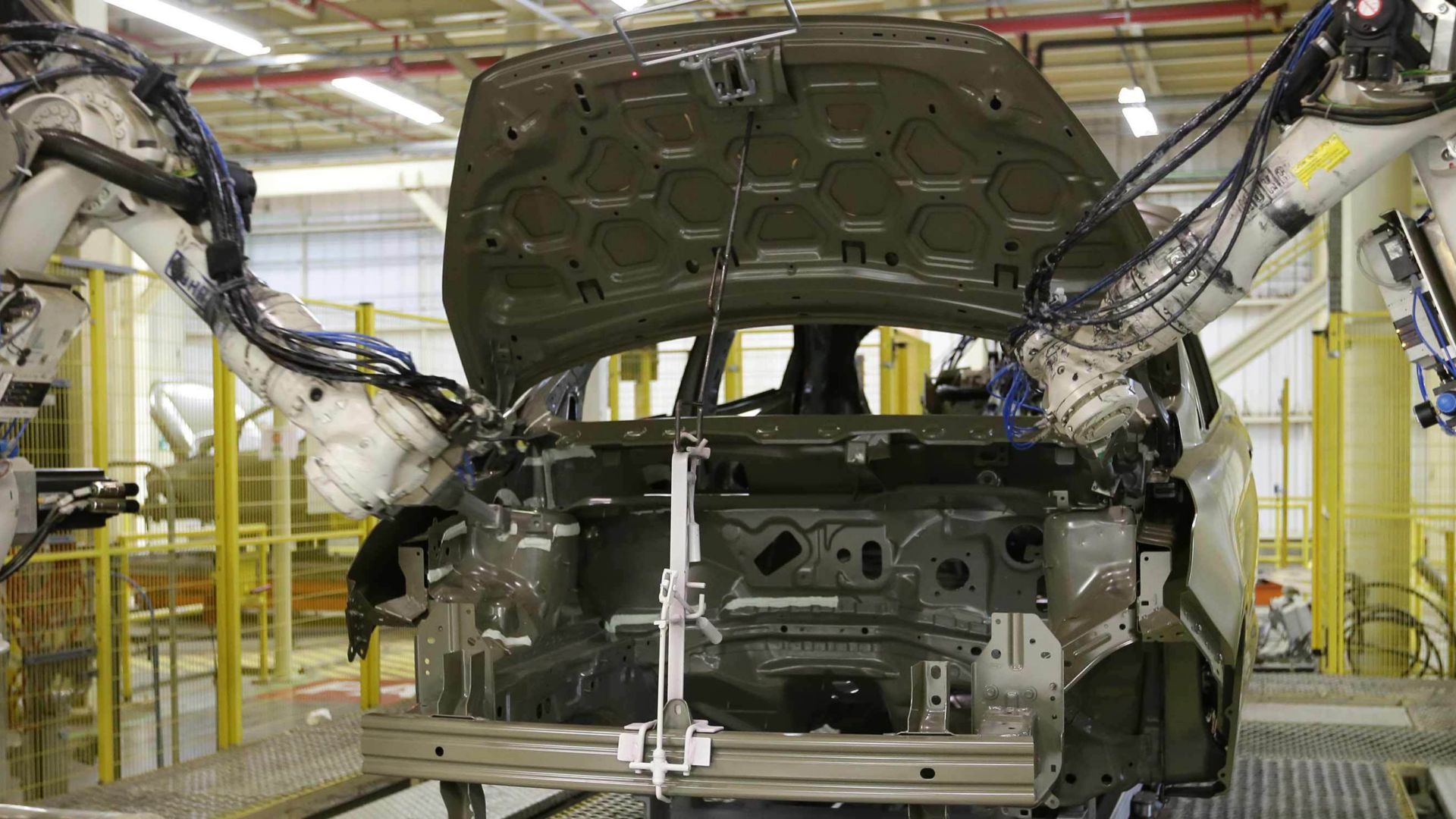
How is Maintaining Car Paint Consistency with Automated Inspection Achievable?
Share
In the fast-paced world of automotive technology, the aesthetic appeal of a vehicle heavily influences consumer choices. One must ponder this: how can we achieve flawless car coatings that are both aesthetically pleasing and durable? The answer lies in the realm of automated inspection systems.
The importance of maintaining car paint consistency with automated inspection cannot be overstated for tech enthusiasts and professionals. Not only does it promise to enhance the visual quality of vehicles, but it also ensures longevity, making it a pivotal aspect of modern automotive manufacturing processes.

Understanding the Basics of Automated Inspection
Automated inspection systems utilize advanced technology to evaluate the quality of car paint during the manufacturing process. Using a blend of machine vision and artificial intelligence, these systems can identify imperfections that the human eye might miss. This capability is significant because even minor inconsistencies can lead to significant issues in the long run.
The Role of Technology in Paint Inspection
Essentially, these systems work by capturing high-resolution images of the painted surface and analyzing them using sophisticated algorithms. The analysis covers various aspects, such as color uniformity, surface texture, and the presence of defects like runs, sags, or uneven application. This review provides a comprehensive understanding of the paint's quality.
By implementing automated inspection, manufacturers can reduce the need for manual inspections, which can vary significantly in accuracy due to human error. The technological revolution here points toward a more standard painting process.
Advantages of Automated Paint Inspection
There are numerous benefits to incorporating automated paint inspection into your production process, including:
- Consistency: Automated systems provide a level of consistency that is hard to match manually. They maintain strict adherence to quality standards throughout the production cycle.
- Time Efficiency: These systems work much faster than human inspectors, accelerating the manufacturing timeline without sacrificing quality.
- Cost-Effectiveness: While the initial investment may be higher, the reduction in defects and rework can save substantial amounts of money in the long run.
Machine Learning and Predictive Maintenance
Incorporating machine learning techniques can further enhance automated inspection systems. By feeding historical data on paint quality into these systems, manufacturers can predict potential defects and implement preventative measures. This proactive approach is crucial in maintaining paint consistency.
Integrating Automated Inspection into Your Process
Transitioning to an automated inspection system may seem daunting, but it can be simplified by focusing on a few critical steps.
- Assessment: Evaluate your current production processes to identify pain points related to paint quality.
- Research: Investigate different automated inspection technologies and their applicability to your operations.
- Implementation: Plan a phased approach to integrate the new systems, starting with pilot projects.
- Training: Ensure your team understands how to operate and maintain these systems properly.
For additional reading on how to improve your car paint quality, check out this guide on How to Polish Car Paint.
Automated Inspection Systems in Action
One remarkable example of automated paint inspection in action can be seen in leading automotive manufacturing companies. They implemented systems that incorporate real-time feedback mechanisms to adjust the painting process on the fly. This adaptability is essential because it allows for immediate corrections, reducing waste and significantly enhancing quality control.
Real-Life Applications
Consider the case of an automotive manufacturer that faced repeated issues with paint defects. After integrating an automated inspection solution, they reported a significant drop in defects within just a few months. Their return on investment was evident not only in improved quality but also in enhanced customer satisfaction.
Challenges and Solutions in Automated Inspection
Of course, while maintaining car paint consistency with automated inspection offers numerous advantages, it does not come without its challenges. Common obstacles include:
- Initial Investment: The startup costs may be high, requiring a robust justification through projected savings.
- Technology Integration: Older systems may need extensive updates or replacement to work harmoniously with automated solutions.
- Training Requirements: Staff training is essential for a smooth transition, which can take time and resources.
To navigate these challenges, manufacturers can follow best practices such as phased implementation and continuous training programs for employees.
Future of Car Paint Inspection
The future of car paint inspection is intimate with advancements in artificial intelligence. AI-powered systems will become more prevalent in manufacturing processes, enhancing the precision and reliability of maintaining paint consistency.
Additionally, innovations such as advanced painting techniques combined with automated inspection will redefine standards in the industry. These innovations promise not only to improve aesthetic standards but also to reduce environmental impacts through more efficient use of materials.
Vehicle Longevity and Paint Maintenance
Maintaining paint consistency goes beyond manufacturing; it reaches the car's end users too. Regular maintenance is crucial in preserving the quality of a vehicle's exterior. For vehicle owners looking to maintain their car's finish, consider reading our article on Achieve Flawless Car Finishes.
Conclusion
In conclusion, maintaining car paint consistency with automated inspection is not just a luxuryit's becoming a necessity in today's automotive industry. As technology continues to evolve, embracing these innovations will not only improve quality but also enhance consumer satisfaction, driving long-term success.

FAQs
1. What is the primary purpose of automated inspection in car paint?
The main purpose is to ensure consistency and quality in the paint application process, reducing defects and enhancing overall aesthetic appeal.
2. How does AI improve the inspection process?
AI enhances inspection speed and accuracy by recognizing patterns and anomalies in paint application that may go unnoticed by human inspectors.
3. Are automated inspection systems expensive to implement?
While they involve a high initial cost, the long-term savings from reduced defects can offset this, making them a cost-effective investment.
